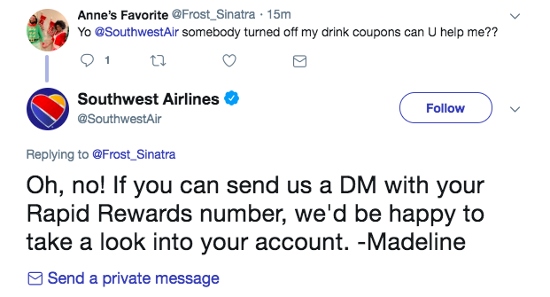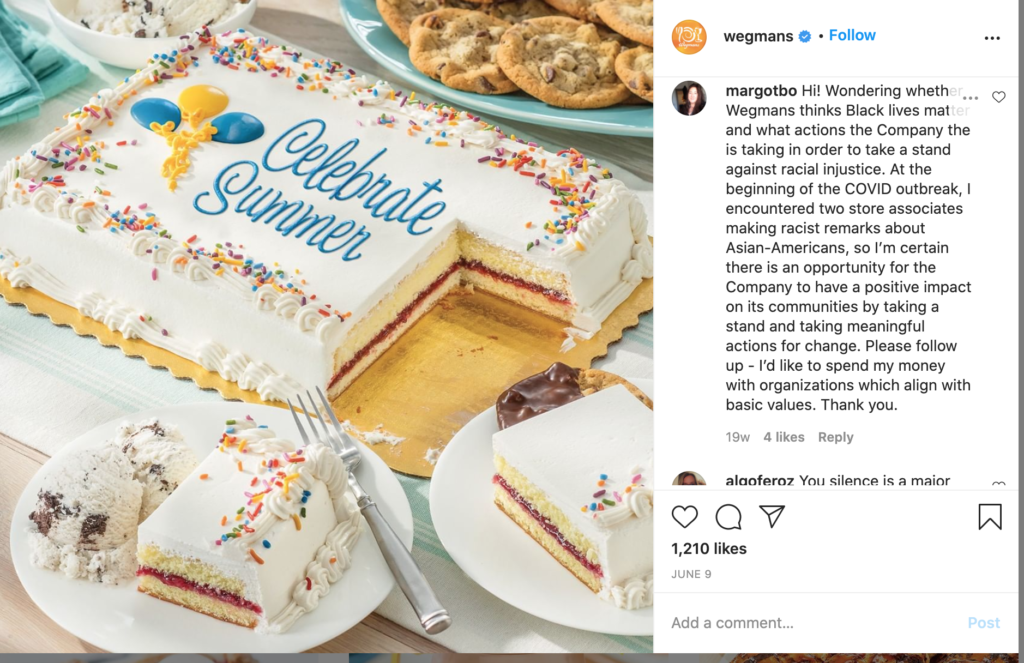Customers expect companies to respond via social media. There are a few ways to respond to negative comments, proactively and defensively. Customers generally prefer proactive responses from companies.
What is Proactive Response?
A proactive response is one where the brand proactively addresses issues customers are having with the brand. For example, this can be proactively responding to all negative comments in order to improve customer experiences.
An example of this is a pre-pandemic response by Southwest Airlines.

In this example, Southwest is proactively looking at negative responses and reaching out first to resolve the issue. We can also see from the time stamp that Southwest responded within 15min of the original tweet. This shows that the company is proactively looking at comments on their social media pages.
What is a Defensive Response?
A defensive response is one where a company only responds to negative comments to save face and doesn’t address any of the individual comments.
An example of this is Wegman’s social media response to #BlackLivesMatter. For a while, there were comments on their social media posts asking the brand to address BLM since they hadn’t.

Eventually, Wegmans made a post that seemed to be about Black Lives Matter. However, they refused to respond to questions about the actual actions the company is taking.

This is an example of a defensive response as Wegmans only posting as a way to defend their actions or inactions on social media. They aren’t addressing consumer concerns.
Proactive responses to comments are better for the company as a whole. Consumers pay attention to the brand’s social media and what other people are saying.